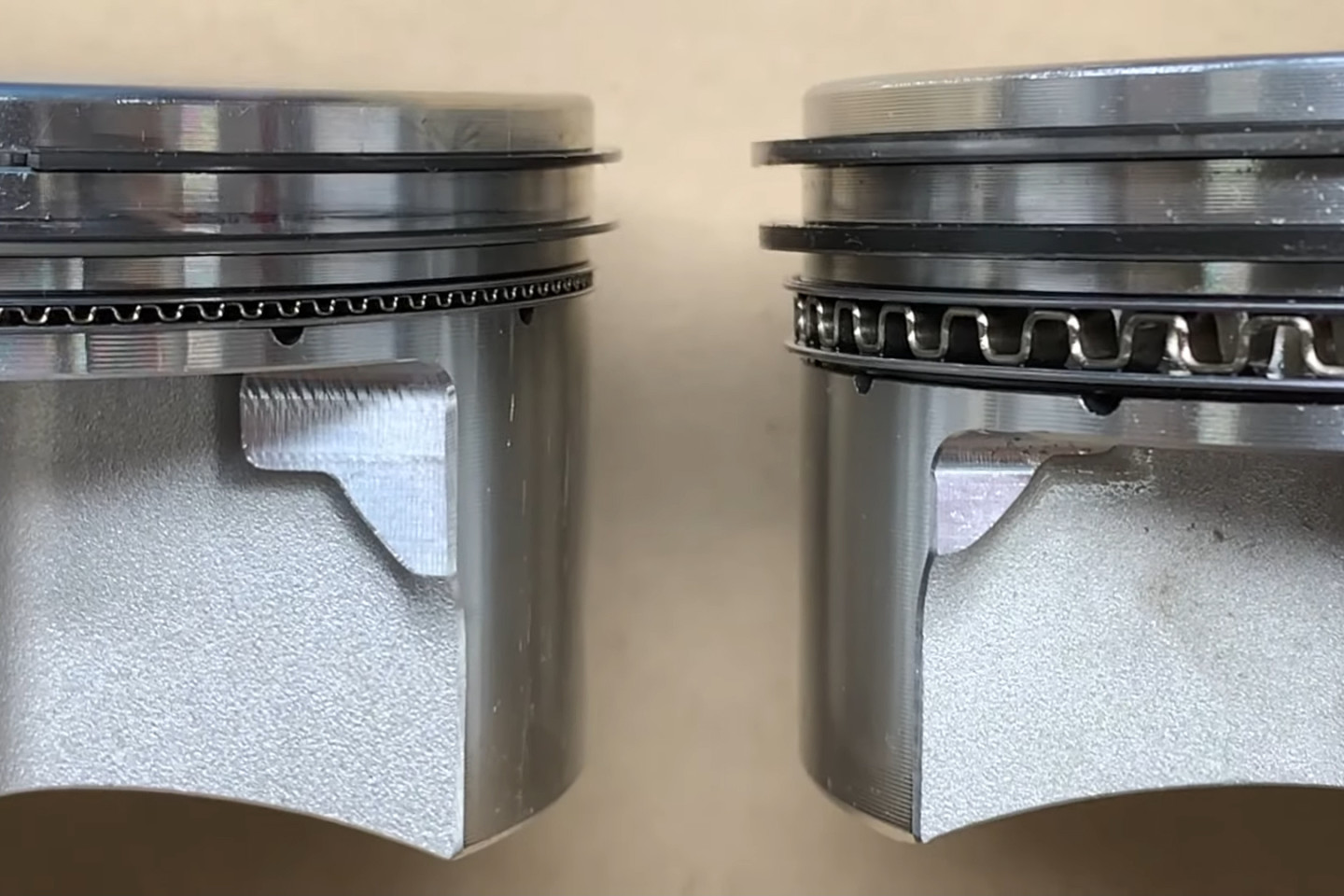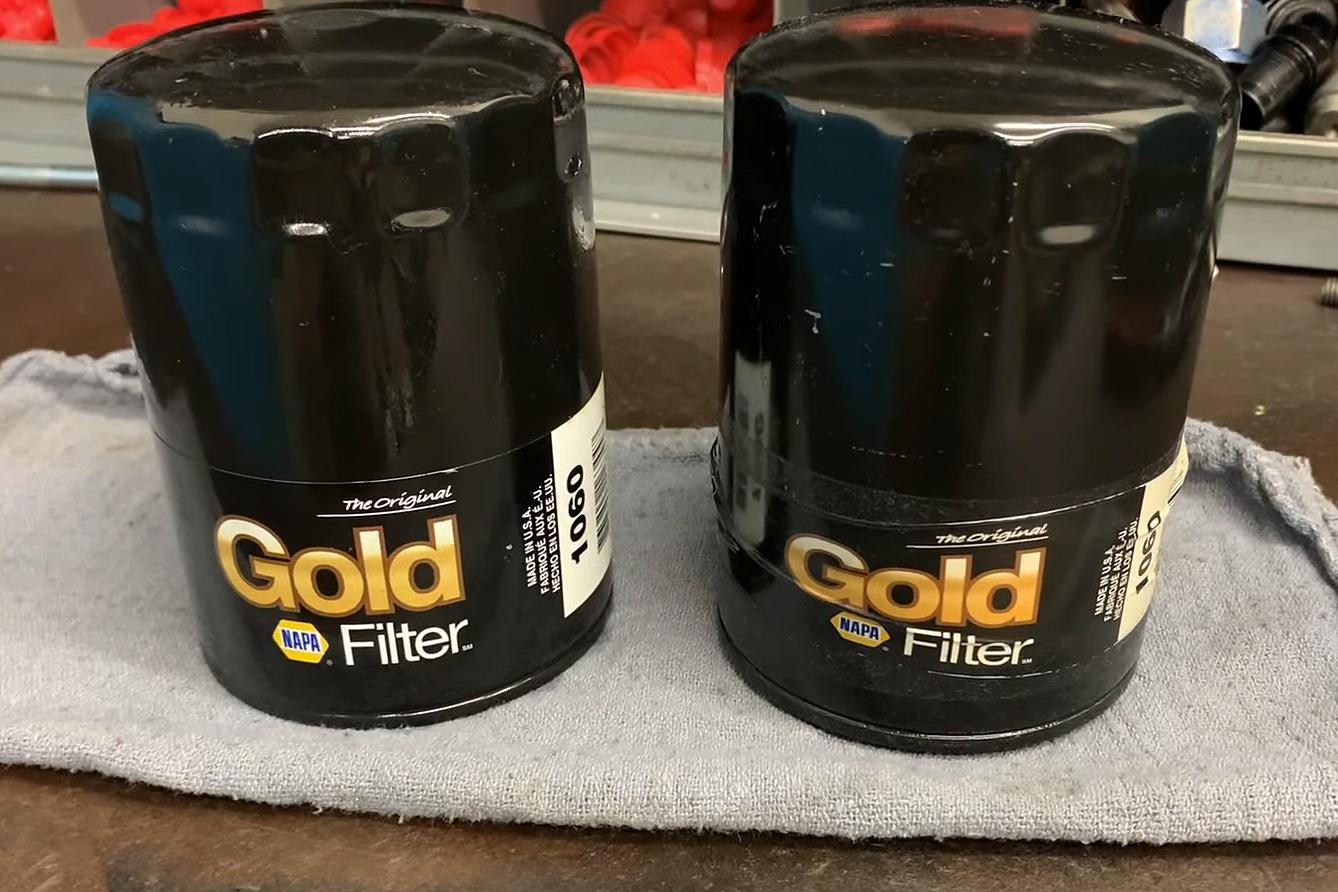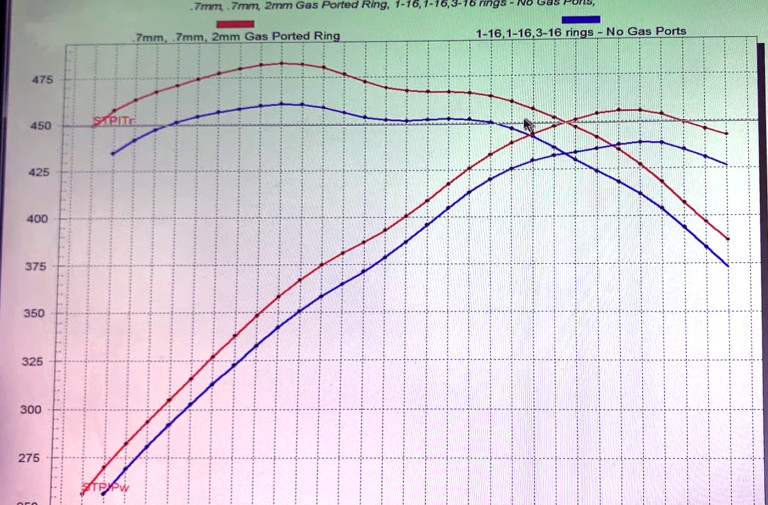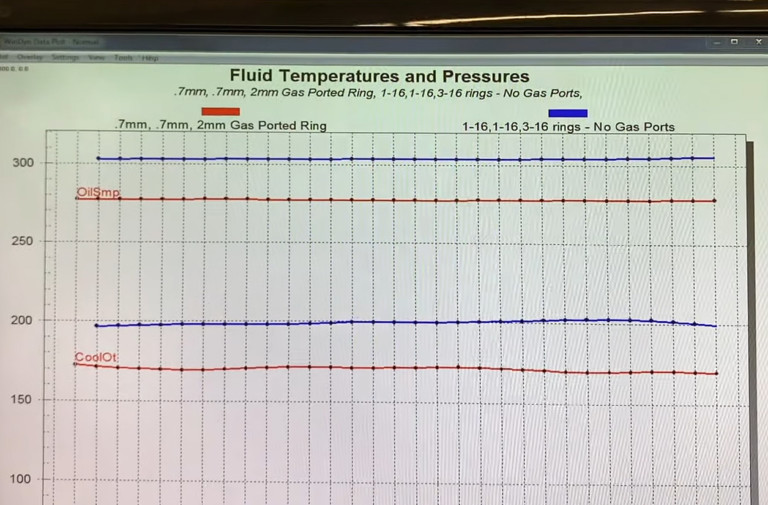Explaining How Piston Rings Can Affect Engine Temperature
When it comes to diving into dyno testing headfirst, one of the first people to come to mind is Total Seal’s Lake Speed, Jr. Between his days as the Director of R&D at Driven Racing Oil and now as Total Seal’s Vice President of sales and marketing, he spends a lot of time in a dyno cell, testing the company’s products. So when he finds something that he thinks is worth talking about, we tend to listen.
Recently, while doing some testing at Shaver Specialties, he noticed an apparent correlation between thickness in the piston rings, and both water and oil temps of the engine. With his curiosity piqued, Speed set up a dyno session to specifically test the theory and see if the thickness of the piston rings actually affected the engine’s temperature.
Setting Up the Test
In order to conduct any test worth its salt, you need a reliable, repeatable baseline. For the tests, Speed used a small-block Chevy dyno mule at Shavers, which has over 1,000 pulls on it with a 0.7mm/0.7mm/2.0mm ring package on it over the course of the past several years. So to say it is a known quantity would be an understatement. “We know what this engine does,” says Speed. “This engine has a very good baseline of what the engine temperatures should be with a given viscosity and type of oil, at a specific RPM, with a specific load.”

The 1/16th inch rings are over twice as thick (1.58mm) as the 0.7mm rings, which means more than double the surface area of the ring face rubbing against the cylinder wall. That alone makes it easy to understand the difference in friction between the two.
For example, Speed says that with the 0.7mm/0.7mm/2.0mm ring package at 3,000 rpm, with a 75 lb-ft load on the engine, after running for 30 minutes, the engine will have the exact same oil and water temps, time after time. “We know that [under the previously stated parameters] with a mineral-based 10W-40 oil, the water temperature will be 170 degrees and the oil temperature will be 280 degrees,” says Speed. “It does it over and over again.”
For the test, Total Seal reached out to JE Pistons and asked them to make a set of identical pistons, but with the more common 1/16-, 1/16-, 3/16-inch ring groves. The Total Seal team then put a standard tension, traditional 1/16-inch top and second ring on the pistons, along with a traditional 3/16-inch oil ring, and ran the new rings and pistons in on the dyno.
Starting The Test
“We noticed that the oil and water temperatures were coming up faster than usual,” says Speed of the initial run-in session with the thicker rings. “I thought, ‘Hmm. That’s different. It’s never done that before.’ So we actually checked to make sure everything was good with the oil and water systems. The next cycle, sure enough, it happened again. So now the question is, ‘why?’”
To Speed, the answer is simple; friction. “The rings moving against the cylinder wall is the number one source of friction in any internal combustion engine,” states Speed, matter of factly. “By going to a thicker ring package, 0.7mm vs 1/16-inch (1/16 = 1.59mm), the bigger, thicker, higher-tension rings means more friction.”
Speed then explains that the extra heat generated by the additional friction enters the cooling and oil systems, resulting in higher temperatures in those systems under otherwise identical operating parameters.

The oil temps got so hot in the 1/16th inch ring tests, that it started to cause the oil filter label to peel off. Not exactly a scientific measurement, but interesting evidence, nonetheless.
Interpreting the Data
By now, I’m sure most of you are starting to correlate additional friction with less horsepower, and you’re 100-percent right. With a 3,000rpm to 6,000rpm sweep of the engine, there was an average difference of 20 horsepower between the 0.7mm rings and the 1/16th rings. With a peak power of 455 horsepower and 482 lb-ft of torque, that’s a solid 4.5-percent difference.
“You’ve got to remember that over 40-percent of the engine’s friction comes from the ring package,” says Speed. “However, the horsepower difference isn’t really the interesting thing. What’s really interesting is that with all the same variables the 1/16-inch ring package ran considerably hotter.” In fact, the engine oil got so hot, it peeled the label off of the oil filter.
As you can see, there is an extremely noticeable difference in coolant temperature, oil temperature, horsepower, and torque between the 0.7mm, 0.7mm, 2.0mm ring package (red lines) and the 1/16-, 1/16-, 3/16-inch ring package (blue lines).
To further prove that it’s not the temperature alone accounting for the horsepower difference, Speed then controlled the oil and water temps of the 1/16-inch package to bring them in line with those of the 0.7mm package’s tests and found that there was still a difference in power. It wasn’t as large of a split as it was without the temperatures matched, but as Speed points out, your vehicle is a closed system, so introducing more heat will increase the overall system temperature.
“The fact is, the 1/16-inch ring generates more friction which robs power and generates excess heat,” Speed says, definitively. He also adds that with over 1,000 pulls on the 0.7mm ring package, you aren’t giving up any durability with the thinner rings. “The 0.7mm steel ring with the PVD coating are so much more durable, it can outperform a cast-iron, ductile, moly-coated ring over time.”



